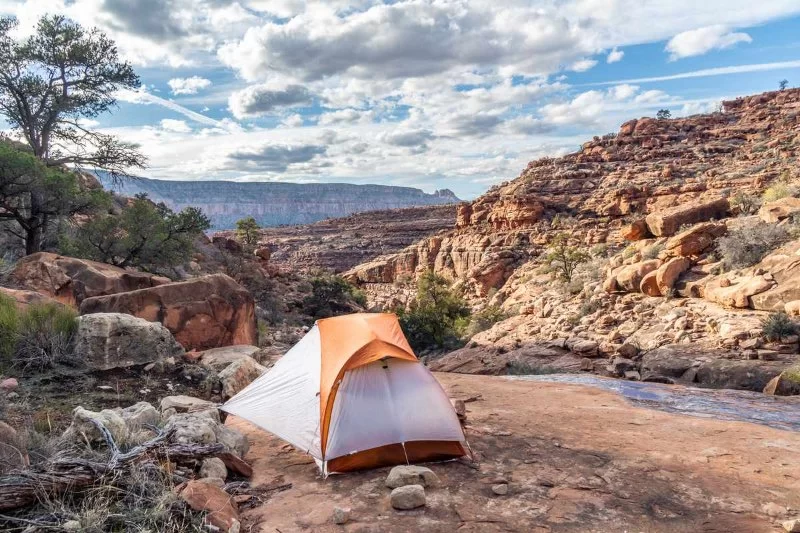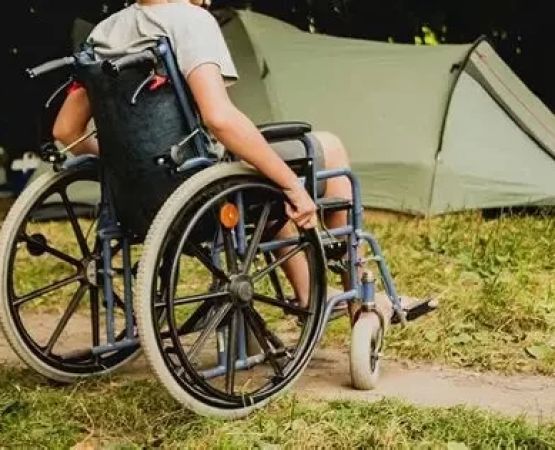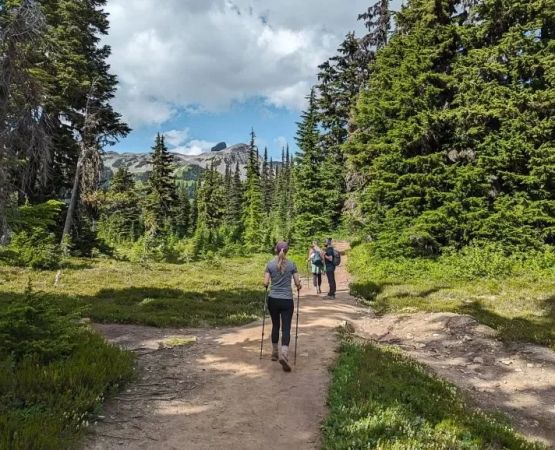How to Camp in Step Canyon Floors – Expert Tips for Safe and Scenic Adventures
Camping in the rugged beauty of canyon landscapes offers a sense of adventure unlike any other. But when it comes to learning how to camp in Step Canyon floors, preparation is everything. From dramatic rock formations to the whispering winds echoing off sandstone walls, these environments can be both breathtaking and unpredictable. At Pine Cliff Resort, we’ve guided countless explorers through canyon terrains, and we know that understanding your environment is the first step to an unforgettable experience.
1. Understanding the Canyon Environment
1.1 What Makes Step Canyon Floors Unique
Step Canyon floors are defined by their layered rock formations and terraced landscapes. Unlike open plains or forested trails, these areas can trap heat during the day and release it quickly at night, creating extreme temperature shifts. The terrain is rugged but mesmerizing — sculpted by centuries of erosion and shifting rivers. These conditions demand special consideration for shelter, hydration, and safety.
1.2 The Challenges and Rewards
While camping in Step Canyon floors comes with challenges such as limited shade, flash flood risks, and minimal vegetation, the rewards are incredible. The silence, the play of light on canyon walls at sunrise, and the starlit nights make it one of the most visually stunning experiences a camper can have. Those who take the time to plan properly find that the serenity of canyon life far outweighs its hardships.
2. Preparing for a Canyon Camping Trip
2.1 Research and Timing
The best time to camp in canyon floors is during spring and autumn, when temperatures are moderate. Summers can be dangerously hot, and winters may bring freezing nights. Before you set out, research local regulations — some canyon areas require permits or restrict camping zones. Always check the weather forecast; even distant rain can cause sudden flash floods in narrow canyon paths.
2.2 Choosing the Right Gear
Because canyon floors often have rocky or sandy ground, a strong tent with reinforced poles and durable stakes is essential. Opt for a lightweight sleeping pad for comfort and insulation. Bring a tarp or shade cloth to create shelter during the day, and invest in breathable, moisture-wicking clothing. Hydration systems such as camelbacks or collapsible water containers are must-haves, as water sources are rare.
2.3 Packing Smart
Minimalism is key when canyon camping. Every item you carry should serve a purpose. Essential items include a portable stove, headlamp, multi-tool, and emergency first aid kit. For food, pack dehydrated meals that require little preparation. Canyon winds can shift quickly, so secure your gear properly to prevent items from blowing away or being covered in sand overnight.
3. Setting Up Camp in Step Canyon Floors
3.1 Choosing the Right Spot
When learning how to camp in Step Canyon floors, the most important decision is where to set up your tent. Avoid dry riverbeds and low-lying areas where water might collect during rain. Instead, look for elevated spots with natural rock walls that can provide windbreaks. Setting up camp on compact soil rather than loose sand gives better tent stability and reduces dust exposure.
3.2 Understanding Canyon Weather Patterns
Canyons create their own microclimates. Even if the sky looks clear, flash floods can occur with little warning due to rainfall miles away. Be aware of exit routes and never camp too close to narrow canyon slots. At night, temperatures can drop sharply, so keep warm layers easily accessible. Watching for subtle signs in the wind and cloud movement can help predict weather changes.
3.3 Managing Light and Noise
The walls of Step Canyon floors amplify sound, so keep noise levels low to preserve the tranquility — and respect wildlife. For lighting, use warm, dimmable lanterns or headlamps to maintain night vision. The dark skies make for incredible stargazing, so once you’ve settled, turn off your lights, lie back, and let the Milky Way reveal itself in full glory.
4. Staying Safe and Comfortable
4.1 Hydration and Nutrition
Dehydration is one of the biggest risks in canyon environments. Carry at least one gallon of water per person per day, and more if temperatures exceed 85°F. Electrolyte powders or hydration tablets can help replace minerals lost through sweat. For food, high-protein, low-weight options like jerky, nuts, and energy bars work best for maintaining energy levels without adding bulk.
4.2 Wildlife Awareness
Canyon ecosystems host a range of wildlife, from small reptiles to nocturnal mammals. While most are harmless, it’s wise to store food in airtight containers to prevent attracting animals. Shake out your shoes before wearing them — scorpions and spiders often seek cool shelter. Remember that these creatures are part of the ecosystem and should be observed, not disturbed.
4.3 Leave No Trace Principles
Respecting nature is key to preserving the beauty of Step Canyon floors. Always pack out what you bring in, including trash and food scraps. Avoid disturbing rock formations or carving into surfaces. Even small actions can have lasting effects in these delicate environments. Responsible camping ensures that others can enjoy the same pristine landscapes in the future.
5. Real-World Canyon Camping Experiences
5.1 A Story From the Desert
One experienced camper, Laura from Arizona, recalls her first trip camping in Step Canyon floors. “The silence was overwhelming at first,” she says, “but after sunset, the walls started glowing orange and pink, and I felt completely at peace.” Her group set up their camp near a sandstone alcove that shielded them from the wind — a tip she swears by now. Her advice: “Always respect the canyon. It’s beautiful, but it has its own rules.”
5.2 Lessons From Local Guides
At Pine Cliff Resort, our guides often share how small decisions make a huge difference — like positioning your tent to catch the morning light or cooking meals early before evening winds rise. They emphasize mindfulness: move slowly, observe your surroundings, and listen. Canyon camping isn’t just an outdoor activity — it’s a lesson in patience and awareness.
6. Capturing the Spirit of Step Canyon Floors
6.1 Photography and Observation
Few places rival the beauty of Step Canyon floors when it comes to photography. Early morning and late afternoon offer the best lighting, with shadows that sculpt the landscape into art. Bring a lightweight tripod and a wide-angle lens to capture the vastness. But remember — sometimes, the best moments aren’t captured on camera. Watching the colors shift as the sun dips below the cliffs is an experience that no photo can fully express.
6.2 Connecting With Nature
Camping in canyon floors is as much about inner exploration as it is about adventure. The stillness invites reflection; the vastness brings perspective. Away from the noise of modern life, you rediscover your senses — the scent of warm rock, the echo of your footsteps, the endless sky. At Pine Cliff Resort, we believe these moments of connection are what make camping truly meaningful.
7. Final Thoughts on Canyon Camping
Learning how to camp in Step Canyon floors is about respect — for nature, for safety, and for yourself. With the right preparation, gear, and mindset, this kind of adventure can transform the way you experience the outdoors. Whether you’re a seasoned explorer or a first-time camper, each trip into the canyon teaches something new. And if you’re ready to plan your next desert escape, Pine Cliff Resort offers expert guidance, recommended gear, and a community of outdoor enthusiasts eager to share the journey with you.







